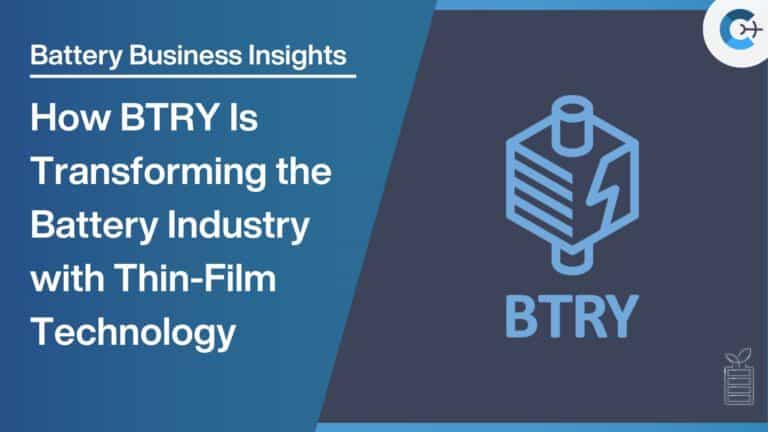LG Energy Solution reports progress in its dry electrode technology for battery production. The company plans to complete a pilot line at its Ochang Energy Plant by the end of 2024, with full-scale production targeted for 2028.
The dry electrode process represents a potential shift in battery manufacturing methods. Unlike traditional wet processes that use organic solvents and high-temperature drying, the dry process uses solid powders to directly form electrodes. This approach can reduce production costs, time and space requirements.
LG Energy Solution’s technology is designed to produce both anodes and cathodes, accommodating different material particle sizes. This versatility could be particularly beneficial for anode production, which is often more challenging than cathode production.
The company estimates that the implementation of the dry electrode process could reduce battery production costs by 17-30%. Such reductions could impact the price of electric vehicles, potentially increasing market accessibility.
In parallel with its dry electrode development, LG Energy Solution is expanding its broader battery portfolio. The company is advancing high-nickel nickel-cobalt-manganese-aluminum batteries for high-performance applications, while also developing mid-nickel NCM and lithium iron phosphate batteries for cost-sensitive markets.
LG Energy Solution plans to introduce its 46 series batteries in the second half of 2024, targeting small battery applications. The company is also expanding its LFP product line for energy storage systems.
These technology developments are aimed at meeting diverse market needs and may influence future trends in battery manufacturing and electric vehicle production.
Source: The Korea Herald, Electrive
















